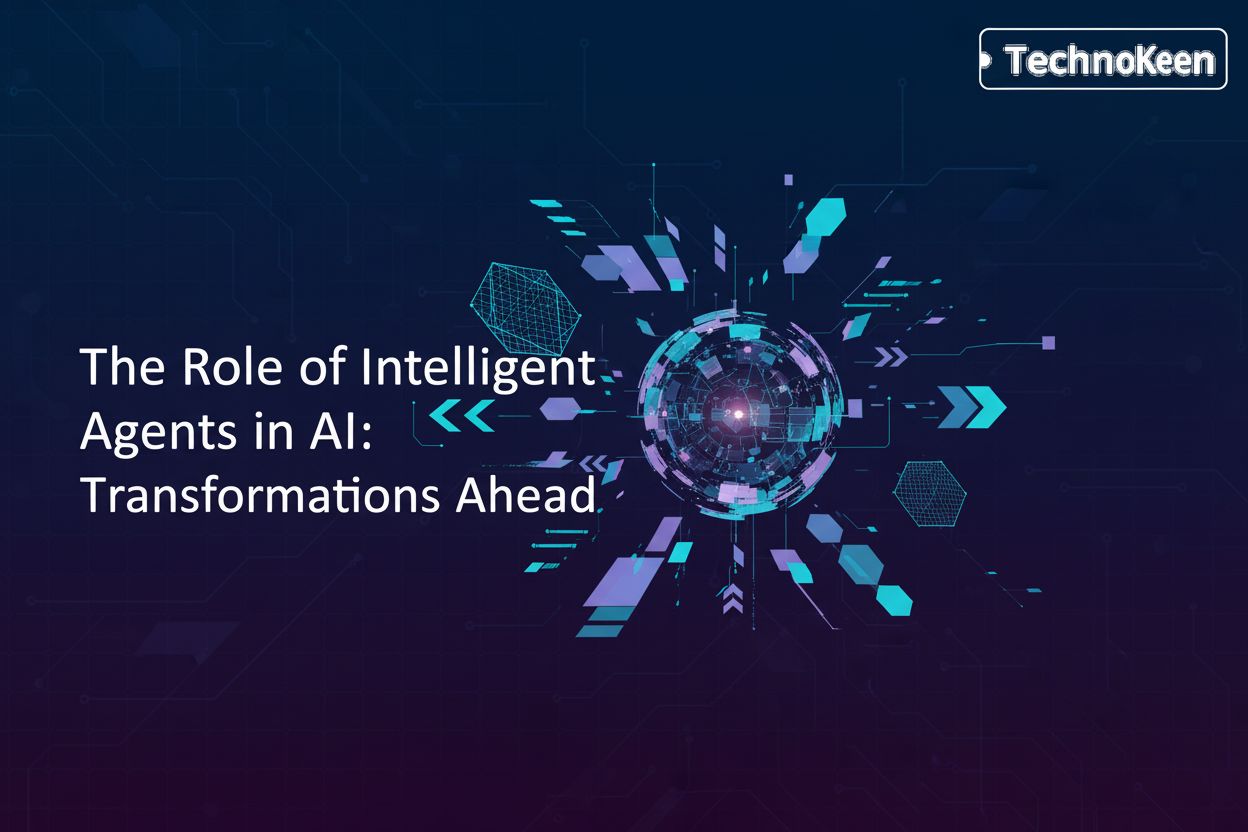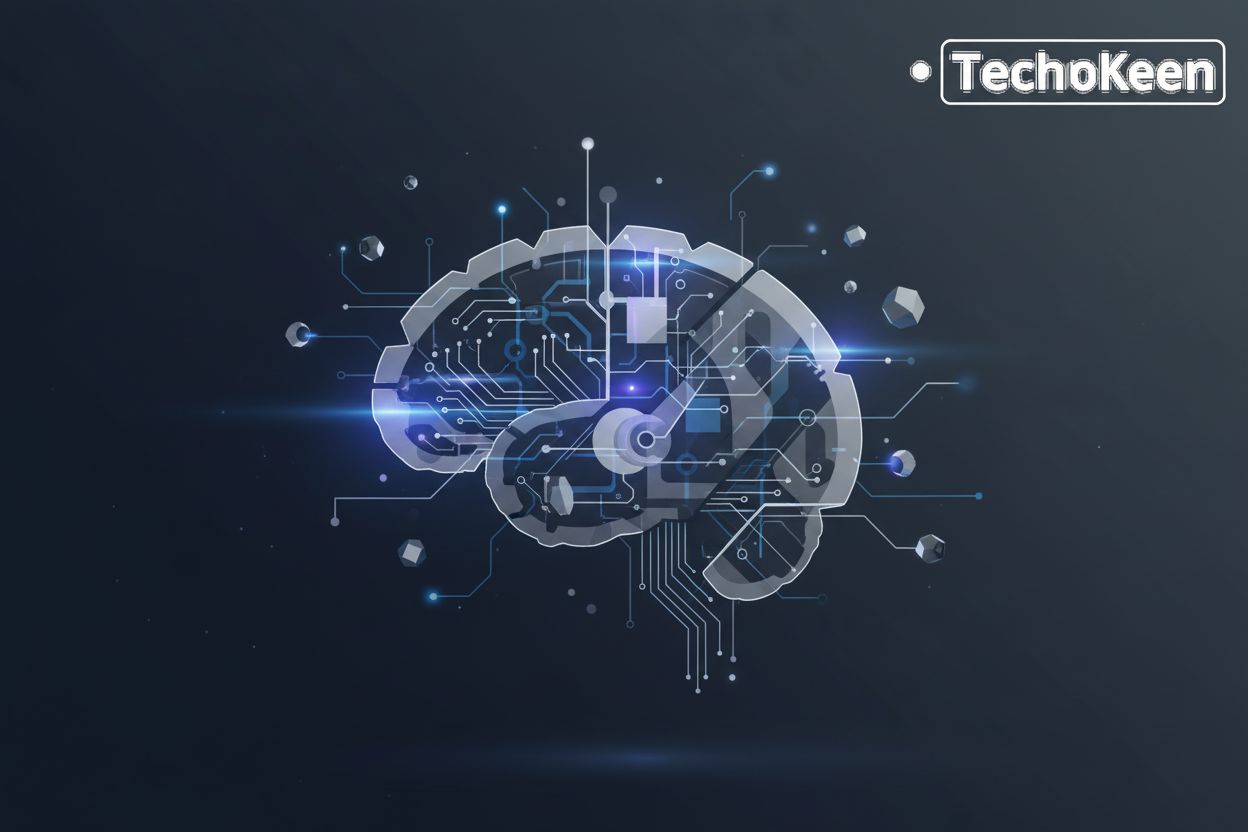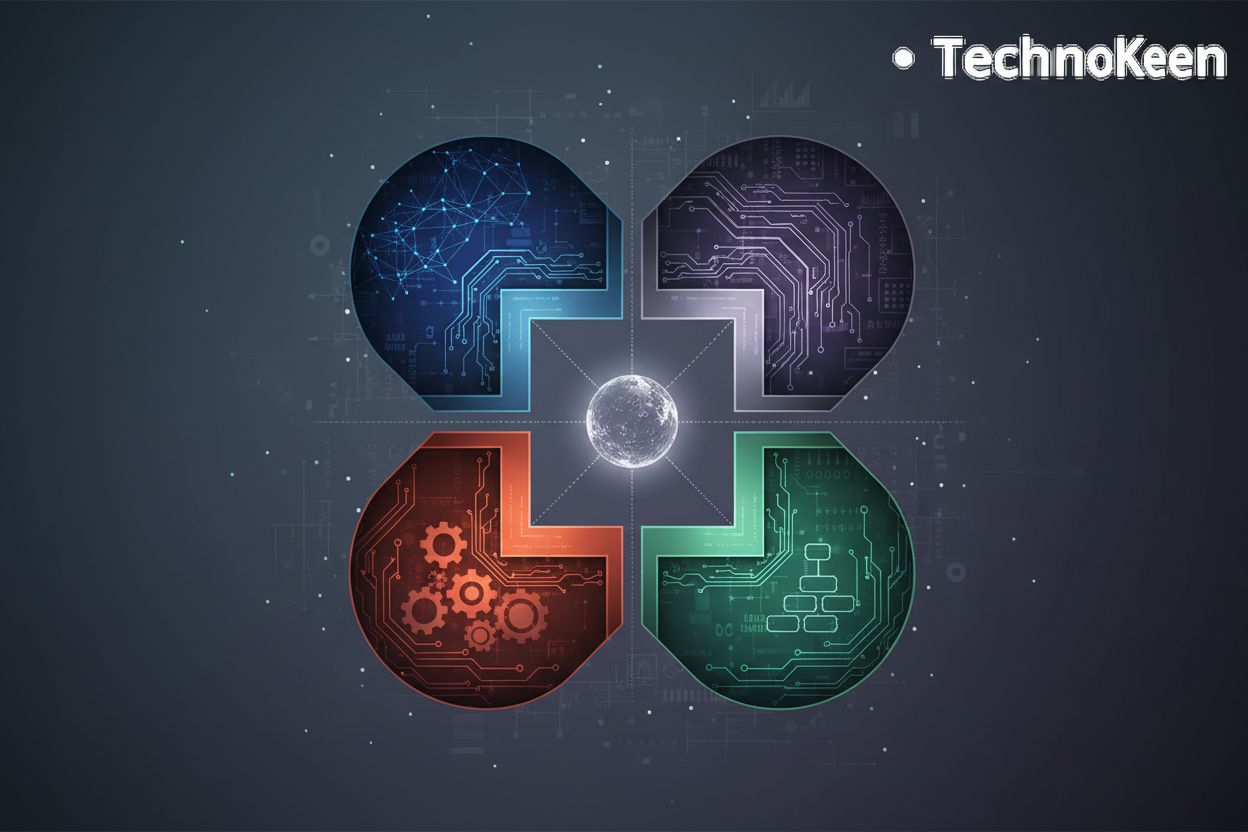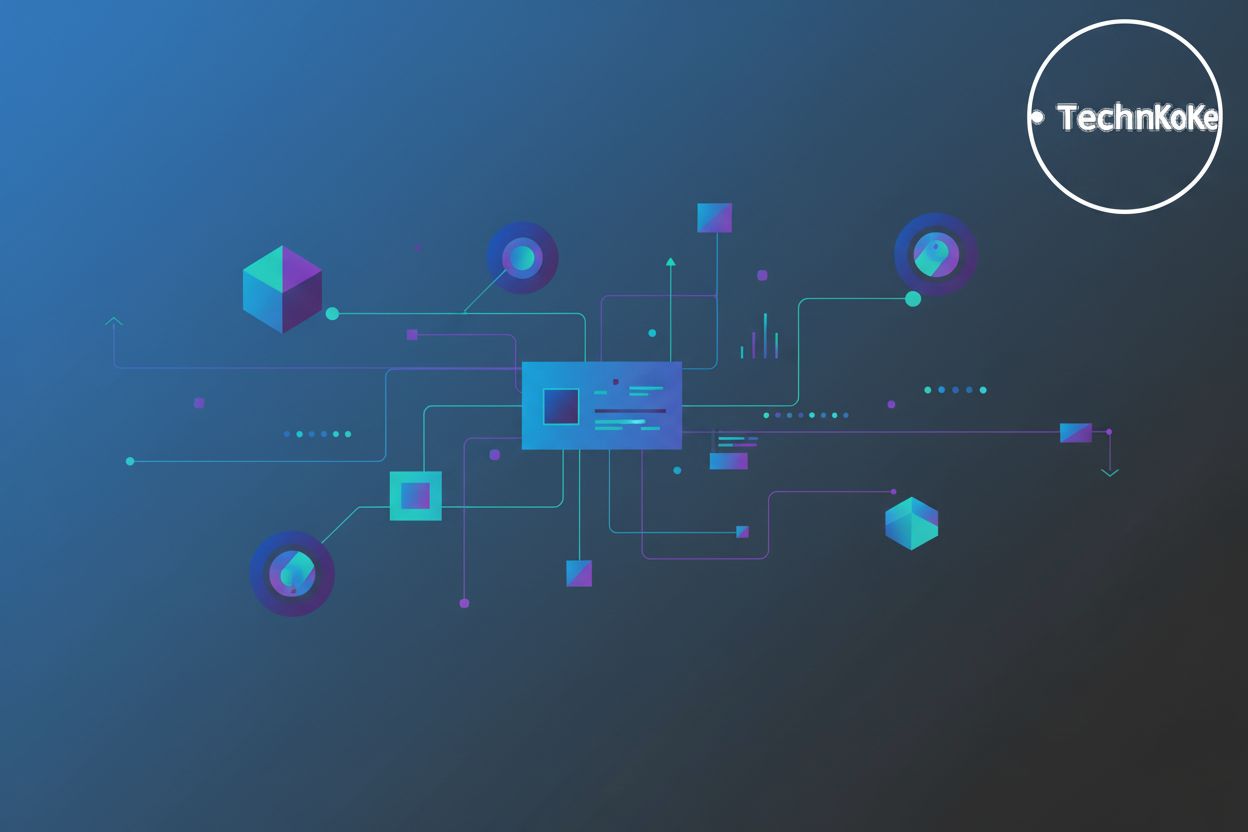An Introduction to AI Agent Development
TL;DR
What Exactly Is an AI Agent, Anyway?
Okay, so what is an AI Agent anyway? It's not just some fancy chatbot, that's for sure. Think of it as a program that's got its own brain, kinda, and can make decisions to reach a goal. But, like, a software brain. More formally, an AI agent is a system that perceives its environment through sensors or data inputs and acts upon that environment through actuators or outputs, aiming to achieve specific goals.
Here's the gist:
- Self-driving software: AI agents aren't just following code step-by-step. They can actually perceive what's going on around them and then decide what to do next. Perceiving means taking in information from its environment, like reading data from a website, analyzing sensor readings, or processing user input. Then, based on this perception and its internal state, it decides on an action. It's like, if you're driving and a kid runs into the road, you react. ai agents do similar.
- Not your average program: They're not just lines of code; they learn, they adapt, and they get better over time. It's more than just running the same script over and over.
- Goal-getters: They've got a purpose, a mission. Whether it's optimizing delivery routes or helping you find the best flight, they're all about achieving something.
Like, I kinda see it as giving a computer a goal and letting it figure out the best way to get there. Not telling it how every step of the way. This autonomy is what separates 'em from your regular software.
Core Components of AI Agent Architecture
AI agents: they're not just about the code, right? It's how they think. So, what makes up their brains, so to speak? Well, let's break down the core components of ai agent architecture.
Foundation Models and LLMs: Think of these as the agent's core reasoning engine. Foundation models are large-scale, pre-trained models that can be adapted for a wide range of downstream tasks. Large language models (LLMs) like GPT-3, GPT-4, or even open-source alternatives like Llama 2, are a prime example. They allow the agent to understand natural language, reason about complex information, and generate coherent and contextually relevant responses. The choice of foundation model really does impact what the agent can do and how well it performs.
Planning and Decision-Making Modules: Once an agent understands its goal and the current situation (thanks to LLMs and memory), it needs a plan. These modules break down big goals into smaller, manageable tasks and figure out the best sequence of actions to achieve them. This often involves using algorithms like search algorithms (e.g., A* search) or reinforcement learning techniques to explore possible actions and their outcomes.
Memory and Knowledge Integration: ai agents need to remember stuff, not like a goldfish. Memory modules store information for context, allowing the agent to recall past interactions, learned information, and the current state of its environment. Knowledge graphs are particularly useful here. They represent information as a network of interconnected entities and their relationships, helping the agent understand complex concepts, infer new information, and make more informed decisions. For example, a knowledge graph could link "Paris" to "France" as its capital, and "France" to "Europe" as a continent, enabling the agent to grasp geographical relationships.
External Tools and APIs: This is where the agent gets its hands dirty, so to speak. ai agents can connect to external tools and APIs to perform actual tasks, like fetching real-time data from the internet, interacting with databases, controlling smart home devices, or sending emails. It's kinda like giving them tools to work with in the real world, which, really, is essential for making 'em useful.
So, now that we know the core building blocks, let's explore how these components work together to enable agent behavior.
Exploring Different Types of AI Agents
So, you're probably wondering what kinds of ai agents are out there, right? It's not just one-size-fits-all. There's actually a bunch of different types, each with its own strengths.
Reflex Agents: These are your basic, react-to-the-moment kinda agents. They see something, they do something based on a pre-set rule. Simple, but effective for, like, automated responses.
- Simple Reflex Agents: These agents act solely based on the current percept, ignoring the history of percepts. They have a direct mapping from percepts to actions.
- Model-Based Reflex Agents: These agents maintain an internal state that represents their understanding of the world, which is updated based on new percepts and their knowledge of how the world evolves. This internal "model" allows them to make decisions that consider past events and the likely consequences of actions, differentiating them from simple reflex agents that only react to the immediate situation.
Goal-Based Agents: These guys are all about achieving a specific target. They figure out the best way to get to that goal. Their goal might be expressed in natural language, which is why they often leverage natural language processing (NLP) to understand and interpret these goals accurately.
Utility-Based Agents: Think about flight booking – these agents weigh travel time and price to max out user happiness. They're all about finding the best outcome, not just a satisfactory one, by considering a utility function that quantifies desirability.
Learning Agents: While all AI agents can be seen as learning to some extent, dedicated learning agents are designed with explicit mechanisms for improvement. They learn from experience, refining their internal models, decision-making policies, or even their goals over time. This allows them to adapt to new environments and become more effective without explicit reprogramming.
Next up, we'll dive into multi-agent systems and how they work together.
Challenges and Opportunities in AI Agent Development
As AI agents become more sophisticated and integrated into our lives, a host of challenges and opportunities emerge.
Here's what you gotta keep in mind:
- Complexity of Multi-Agent Systems: Coordinating multiple agents to work together towards a common goal, or even just to coexist without conflict, is incredibly complex. Ensuring emergent behaviors are beneficial and not detrimental is a significant hurdle.
- Ensuring Robustness and Reliability: Agents need to function reliably in diverse and often unpredictable environments. Handling unexpected inputs, errors, or system failures gracefully is crucial.
- Debugging Emergent Behaviors: When agents interact, they can exhibit behaviors that weren't explicitly programmed. Debugging these emergent behaviors can be incredibly difficult, as the root cause might be subtle interactions between multiple agents or components.
- Data Overload: AI agents consume vast amounts of data. Managing, processing, and extracting meaningful insights from this data deluge is a constant challenge.
- Privacy First: Gotta follow data privacy laws and beef up your security. No ifs, ands, or buts. This includes protecting user data, ensuring transparency in data usage, and preventing unauthorized access.
- Ethical Considerations: Setting up solid security and ethical guidelines is key. This involves addressing issues like bias in decision-making, ensuring transparency in how agents operate, establishing accountability for agent actions, and preventing their misuse for malicious purposes. For instance, an AI agent used for hiring must be scrutinized for biases that could unfairly disadvantage certain groups.
Up next: let's talk about how to keep things fair and square with ethical ai.
AI Agent Development Platforms and Frameworks
Okay, so you're diving into ai Agent development? Cool, but don't jump in without the right gear, right? And by gear, I mean platforms and frameworks.
- Google's Agent Development Kit (ADK): This seems like a solid choice if you're already in Google's ecosystem. While specific documentation links can change, the ADK is designed to help developers build and deploy AI agents, likely offering tools for integrating with Google Cloud services and leveraging their AI models. Thanaphoom Babparn shares his experience at Google Japan using the ADK, and it looks pretty comprehensive.
- Langchain: This is a popular framework for developing applications powered by language models. It provides tools for chaining together different components, managing prompts, and integrating with various LLMs and data sources, offering significant flexibility.
- AutoGen: Developed by Microsoft, Autogen is a framework that simplifies the orchestration of multiple AI agents. It allows developers to create conversational agents that can collaborate to solve tasks, making it ideal for complex, multi-agent scenarios.
- Amazon Bedrock Agents: If you're an AWS shop, this might be a no-brainer, offering seamless integration with AWS services and a managed way to build and deploy agents using various foundation models.
Choosing the right platform? Well it's kinda like picking the right car - depends on where you're going, right? For example, if your project requires extensive data processing and integration with existing AWS infrastructure, Bedrock Agents might be the most efficient choice. Conversely, if you need maximum flexibility and a large community for support, Langchain or Autogen could be better suited.
Next up, we'll talk about selecting the right tool for your ai agent project.
The Future of AI Agents: Trends and Predictions
Okay, so what's the big picture for ai agents? Are they gonna take over the world, or just make our lives easier? I'm betting on the latter, but, you know, with some caveats.
- Expect ai agents to get way more independent. This means they'll be able to handle more complex, multi-step tasks with minimal human intervention. Instead of needing constant guidance for each sub-task, they'll be able to autonomously plan, execute, and adapt their strategies to achieve broader objectives. Think of it as moving from a personal assistant who needs detailed instructions for every email to one who can manage your entire inbox and schedule proactively.
- They'll start anticipating needs. Imagine an ai agent in healthcare proactively scheduling check-ups based on your health data, or, like, an ai agent in retail automatically adjusting inventory based on predicted demand. This involves agents moving beyond reactive responses to proactive engagement, leveraging predictive analytics and contextual understanding.
- And, of course, they'll team up better. Think multi-agent systems in finance, where one agent handles fraud detection and another manages customer service, all working together seamlessly. This collaboration will extend to more complex problem-solving, where specialized agents can contribute their unique capabilities to achieve outcomes far beyond what a single agent could accomplish.
So, yeah, ai agents are gonna be a bigger deal. It's just a matter of when, and how we keep 'em from going rogue, y'know?




